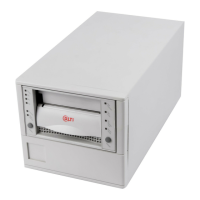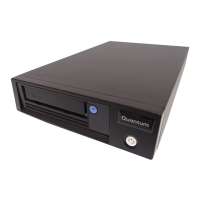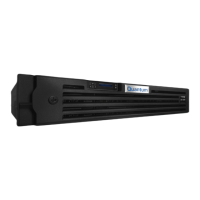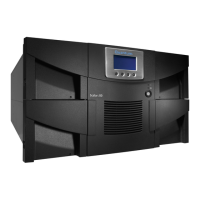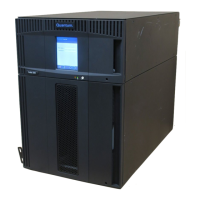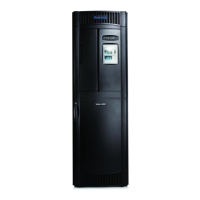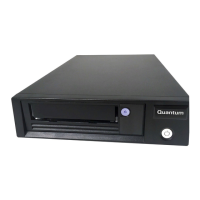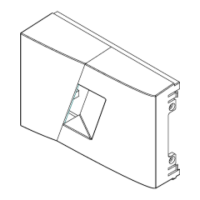ATA Bus Interface and ATA Commands
Quantum Fireball Plus AS 10.2/20.5/30.0/40.0/60.0 GB AT 6-7
6.4.1.3
6.4.1.36.4.1.3
6.4.1.3 Ultra ATA/100 80 Conductor Cable
Ultra ATA/100 80 Conductor CableUltra ATA/100 80 Conductor Cable
Ultra ATA/100 80 Conductor Cable
The use of a 80 conductor cable is suggested in order to successfully meet the new
Ultra ATA/100 mode 3 and 4 faster timing requirements. The 80 conductor cable is
used with the same connector configuration as the standard 40 conductor cable.
There is no new signal and the 40 additional lines are ground paths tied together to
all 7 original ground conductors. Both, the host and the device (drive) may detect
the type of cable being used.
Host Based Cable detection (preferred method)
Host Based Cable detection (preferred method)Host Based Cable detection (preferred method)
Host Based Cable detection (preferred method)
This detection scheme is already defined in the ATA/ATAPI-4 document. To detect
the type of cable being used the host must sample the PDIAG-/CBLID- signal. After
device 0/1 handshaking and a command has been sent to device 1 to cause it to
release the PDIAG- signal, the host detects the state of CBLID-.
Host detects CBLID- below V
il
= 80 Conductor
Host detects CBLID- above V
ih
= 40 Conductor
Device Based Cable detection
Device Based Cable detectionDevice Based Cable detection
Device Based Cable detection
Following the issuing of an ID command by the host the device will respond by:
• Asserts PDIAG-/CBLID- (drives it low) for 30 ms minimum.
• Releases PDIAG-/CBLID-
• Measures level of PDIAG-/CBLID- 2 to 13 ms after releasing it.
The detected electrical level of PDIAG-/CBLID- will be stored in ID word 93 bit 13
(refer to Table 6-24).
• PDIAG-/CBLID- less than V
il
= 0
• PDIAG-/CBLID- greater than V
ih
= 1
The host can then read ID data and use information in word 93 only if the device
supports Ultra DMA modes higher than 2, otherwise, it shall be ignored.
• 0 = 40 Conductor if both device and host support method
• 1 = 80 Conductor if both device and host support method.
6.4.1.4
6.4.1.46.4.1.4
6.4.1.4 ATA Bus Signals
ATA Bus Signals ATA Bus Signals
ATA Bus Signals
See Table 6-4 for the relationship between the drive signals and the ATA bus.
Signal Line Definitions (Ultra ATA/100)
Signal Line Definitions (Ultra ATA/100)Signal Line Definitions (Ultra ATA/100)
Signal Line Definitions (Ultra ATA/100)
Several existing ATA signal lines are redefined during the Ultra ATA/100 protocol
to provide new functions. These lines change from old to new definitions the
moment the host decides to allow a DMA burst, if the Ultra ATA/100 transfer mode
was previously chosen via Set Features. The drive becomes aware of this change
upon assertion of the –DMACK line. These lines revert back to their original
definitions upon the deassertion of –DMACK at the termination of the DMA burst.
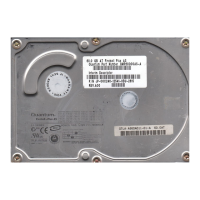
